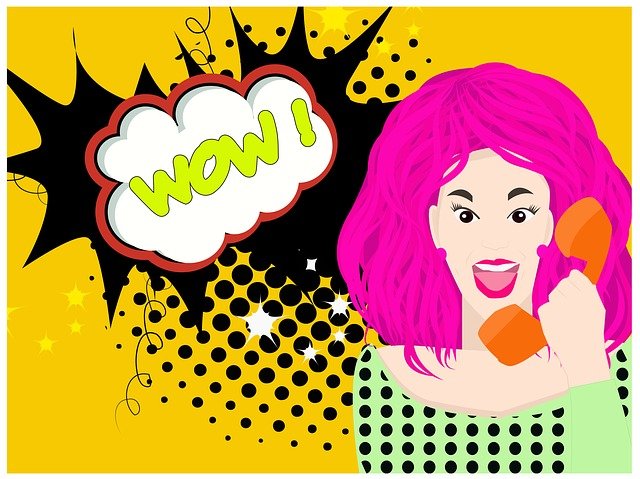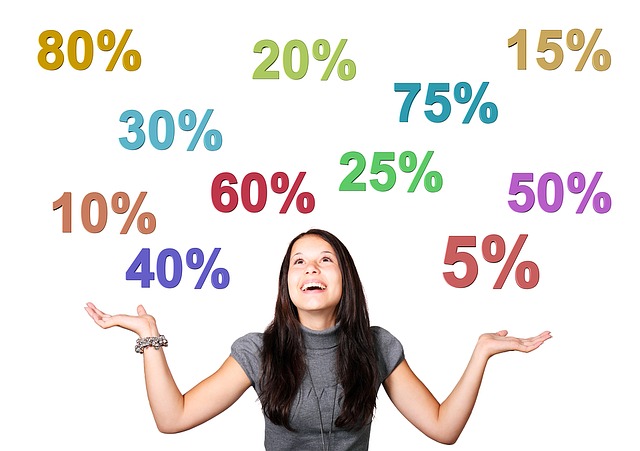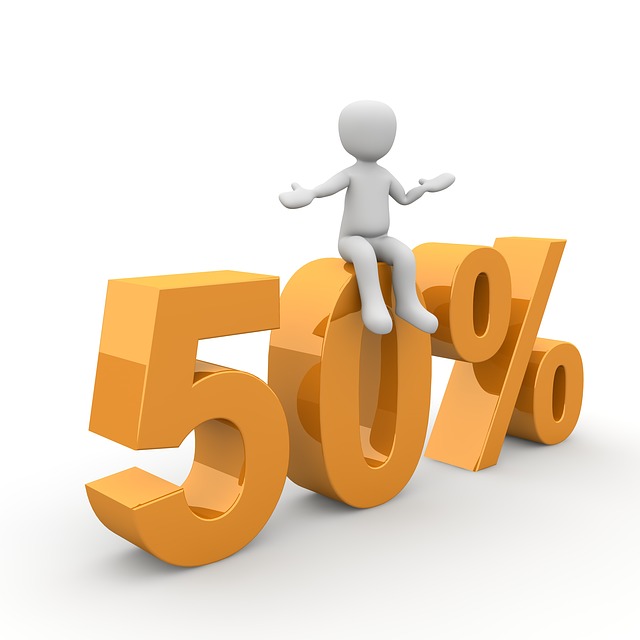We are often surprised. So many items are discounted at major retail chains that it is impossible to even find an item without a discount . Entire aisles are sometimes covered with “sale” or “super price” stickers. We may not yet have reached the coupon levels of, say, the U.S., but we might. Products have to sell. How do we get people to buy things they wouldn\’t normally buy? We give them a discount. Is that discount only a few crowns (thousands of yen), for example?

Most people don\’t even bother to look at the original price. Or again, they blindly believe the seller\’s word that the original price is really the original price. The original price may be the “common” price, i.e., the price at which the goods are normally sold. But even in the Czech Republic, prices of goods vary, even in the same chain of stores. And that is all.
Sometimes such miracles do not happen
.
The normal price in store A is 25 kroner; in store B the same product is 30 kroner. This is one chain. So, store A offers that item for 24 kroner and offers the original price of 30 kroner. In a way, they are not lying. And this is just one of their tricks to get customers to actually buy. Sometimes it doesn\’t have to be a trick. For example, butter was 30. After the price increase, it was 60. Chain stores all over discounted it to 30 kroner, and people went crazy and bought up 5 pieces. Suddenly more and more people were buying it, even though the actual price did not budge a bit, the quality remained the same, and it was the same product.
Consumers are influential
.
Discounting automatically evokes a good feeling of satisfaction in us. No one can take that away from us. So we shop in favor of discounts. Yet we sponge. Such discounts have a positive impact on consumer behavior.